Atypical endometrial hyperplasia is a precancerous disease of the uterus when the microscopic structure of the inner layer of the uterus, the endometrium, changes.
Frequency and causes of occurrence
The frequency of atypical hyperplasia and the causes of the disease have not been precisely determined.
Symptoms
In postmenopause, when a woman no longer has menstruation, atypical endometrial hyperplasia can manifest as spotting from the genital tract, which makes it possible to quickly suspect the disease and conduct an examination.
At a young age, the picture is completely different. According to the results of an examination of 228 young patients diagnosed with atypical endometrial hyperplasia conducted by EMC oncogynecologists, at the time of diagnosis, 25% of women had no symptoms and endometrial disease was detected during a preventive examination (ultrasound). Another 31% of patients were diagnosed with atypical endometrial hyperplasia during an infertility examination or during preparation for IVF. Less than half of the women had typical symptoms in the form of cycle disorders and abnormal uterine bleeding. Thus, atypical endometrial hyperplasia at a young age is often asymptomatic.
Why is timely diagnosis and treatment of atypical endometrial hyperplasia important?
Atypical endometrial hyperplasia is a true precancer and without treatment, 30% of women will progress to endometrial cancer (uterine cancer). Atypical endometrial hyperplasia may be one of the causes of infertility at a young age. Pregnancy cannot occur without treatment, even with the use of assisted reproductive technologies (ART).
At the time of diagnosis of atypical endometrial hyperplasia, about 30% of women, in addition to hyperplasia, already have microscopic foci of cancer in the uterus, which did not enter the biopsy. Malignant endometrial cancer cells will continue to divide without treatment, which over time will lead to the appearance of tumors in the uterus, metastases in the ovaries, lymph nodes, and other organs, that is, to progression
.
Diagnostics

The diagnosis of atypical endometrial hyperplasia can be established only by the results of a histological examination of the endometrial tissue. Endometrial tissue sampling for such a study is performed by a gynecologist or oncogynecologist. In most cases, general anesthesia (intravenous anesthesia) is performed hysteroscopy – examination of the uterine cavity using a video camera and direct endometrial tissue sampling (diagnostic curettage of the uterine cavity and cervical canal). This procedure requires hospitalization for 2-3 hours. It is possible to take endometrial tissue without anesthesia directly at an appointment with a gynecologist or oncogynecologist. In this case, an office hysteroscopy and an endometrial biopsy are performed, or only a pipel biopsy of the endometrium. The decision on the optimal method for obtaining endometrial tissue is made by the doctor based on the results of a preliminary examination of the patient.
The endometrial tissue is fixed in a formalin solution, then thin sections are specially prepared in the laboratory, which are placed on small glasses. These histological preparations (glasses) are examined under a microscope by a pathologist and give a conclusion about the presence of atypical endometrial hyperplasia or cancer.
It is often difficult, especially in young patients, to accurately interpret the results of endometrial histological examination when it is necessary to distinguish atypical endometrial hyperplasia from benign endometrial hyperplasia or from initial uterine cancer. This is due to the lack of clear criteria for the diagnosis of these conditions.
The histological diagnosis is the main one in determining treatment tactics – for example, whether it is possible to carry out hormonal treatment while preserving fertility or whether it is necessary to perform surgery as soon as possible and remove the uterus and ovaries, possibly lymph nodes. To avoid errors in diagnosis, it is often necessary to obtain a "second opinion" from a pathologist with a specialization in oncogynecology. Our experience at the EMC clinic included cases where it was necessary to consult with specialists from Israel and the USA on patients with a preliminary diagnosis of atypical endometrial hyperplasia, and the results of such consultations fundamentally changed the treatment plan.
Treatment
Surgical
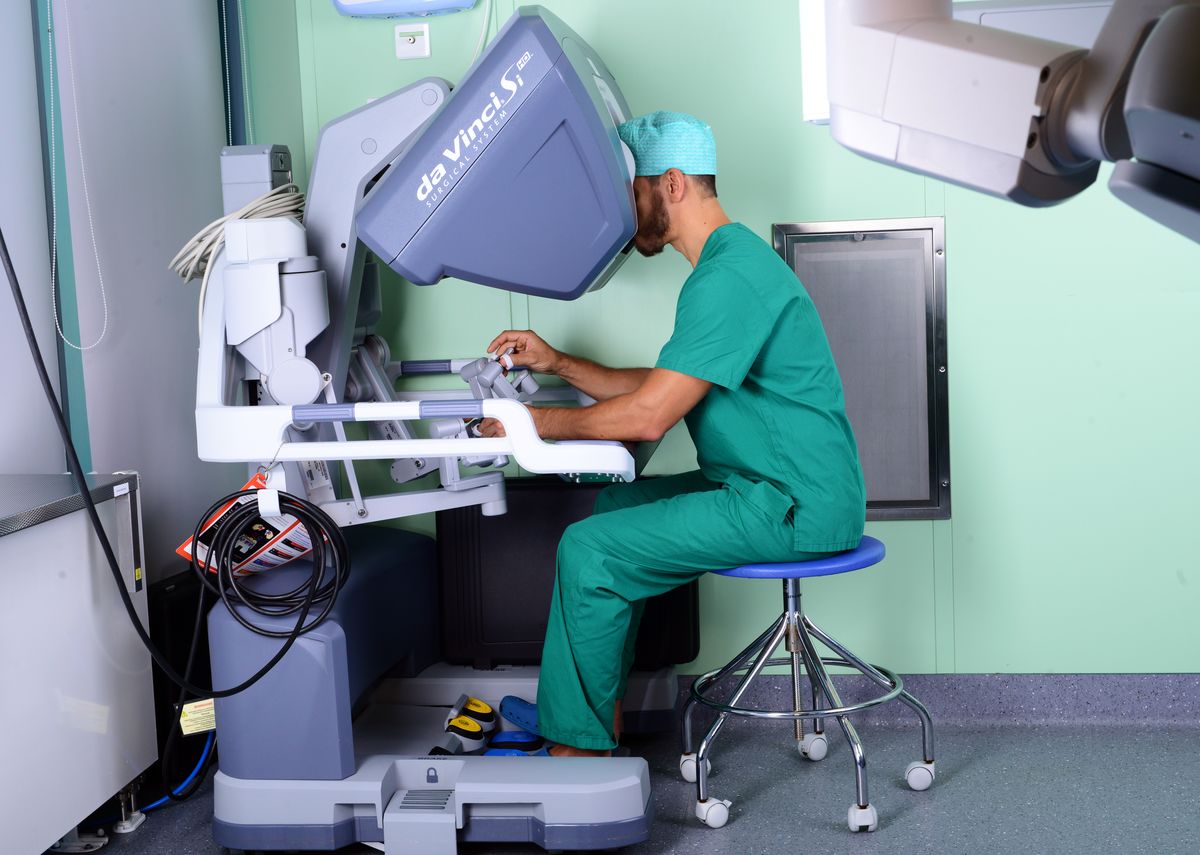
In postmenopausal women or in late reproductive age, when pregnancy planning is no longer relevant, the standard treatment for atypical endometrial hyperplasia recommended by European and American protocols is surgical. The uterus and fallopian tubes are removed, and the issue of preserving or removing the ovaries is decided individually. In the EMC clinic, hysterectomy (removal of the uterus) is performed in most cases on a Da Vinci robot, which allows for a high technical level of surgery, minimal blood loss, a small number of complications and minimal recovery time. The patient is discharged home, as a rule, on the 2nd day after surgery, after 7-10 days she can return to work, after 1.5-2 months restrictions on physical activity (sports, sex life) are lifted.
Hormonal
Among young patients, 80% do not have even one child at the time of diagnosis of atypical endometrial hyperplasia. For these women, there is currently a real opportunity to cure atypical hyperplasia without removing the uterus, and subsequently give birth to a child.
The method of hormone therapy for atypical endometrial hyperplasia has been known for more than 30 years, but to this day it is not a standard and only a limited number of medical institutions in Moscow and in the Russian Federation have any experience of such treatment.
The EMC clinic has organized a group of doctors of various specialties who carry out all stages of hormonal treatment of atypical endometrial hyperplasia in young people from confirmation of an oncological diagnosis to delivery after treatment. The group includes oncogynecologists (diagnosis and hormonal treatment, prevention of relapses), pathologists (primary diagnosis and evaluation of treatment results), reproductologists (achieving pregnancy after cure), obstetricians and gynecologists (pregnancy management and delivery).
The effectiveness of hormonal regimens used in the EMC clinic today is 95-98%. The rate of pregnancy and childbirth after treatment is 42%, and this indicator is gradually increasing.
Hormonal treatment can also be used in postmenopausal women who have contraindications to surgical treatment.
Forecast
In the case of surgical removal of the uterus, the patient diagnosed with atypical hyperplasia is cured. The prognosis is favorable.
Hormonal treatment of atypical endometrial hyperplasia, unlike surgical treatment, is accompanied by a fairly high recurrence rate – 20-30%, which requires regular monitoring by an oncogynecologist after the end of treatment. At a young age, with a relapse, it is possible to carry out a repeated course of hormonal treatment to preserve fertility. Oncogynecologists at the EMC clinic have experience in managing patients who have already had two births after hormone therapy and have no recurrence, however, we strongly recommend performing a preventive operation after completion of the reproductive function – removal of the uterus.





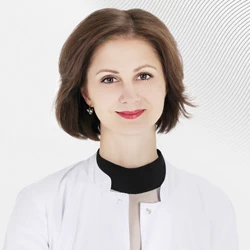
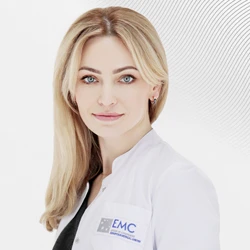
.webp)
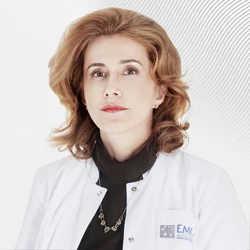


.webp)

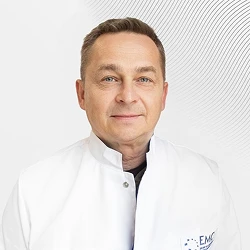

.webp)
